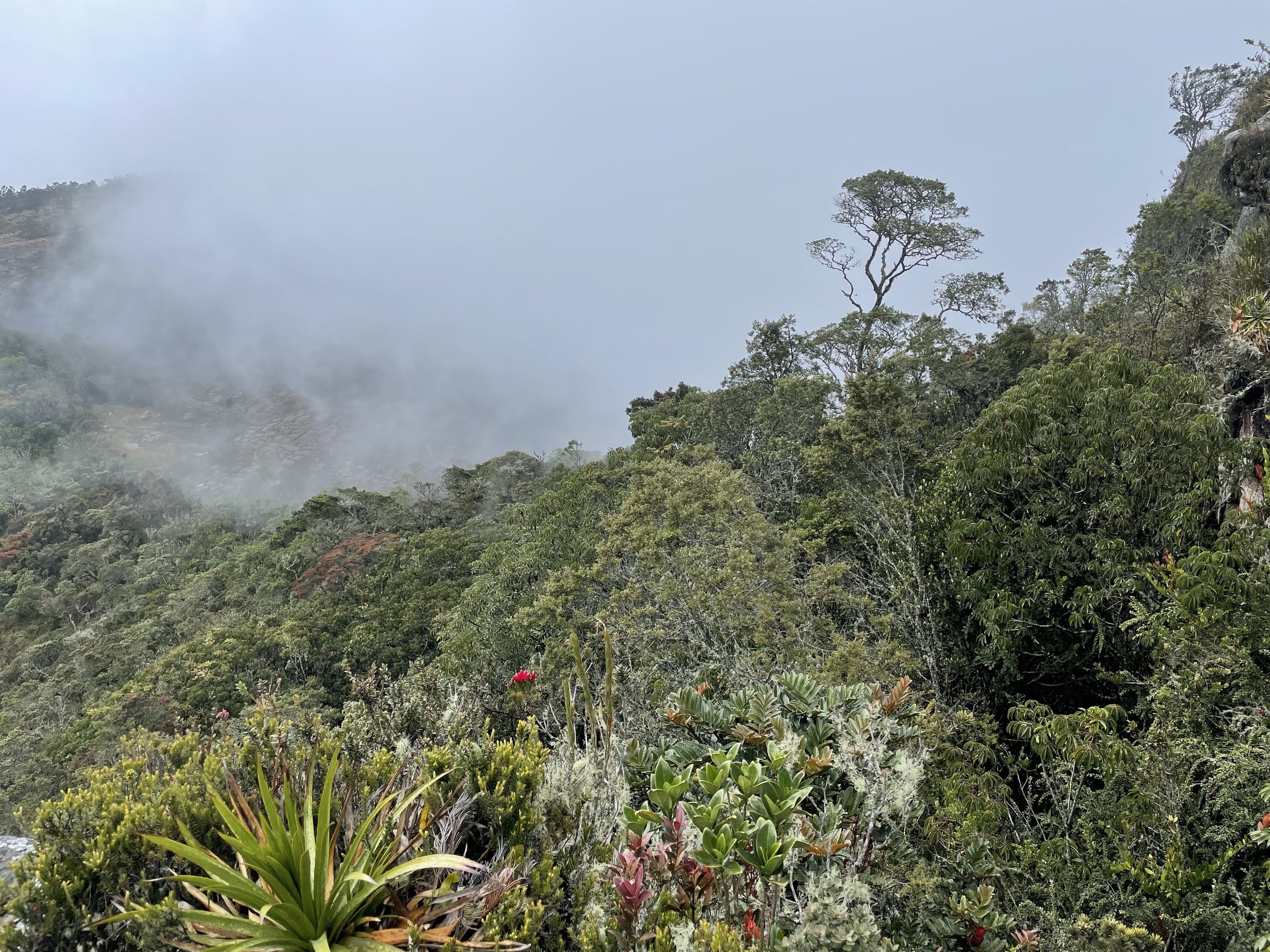
Our Research
The Lagomarsino Lab seeks to understand the origin and maintenance of plant diversity, particularly in the species-rich Andean cloud forests in western South America. Our research integrates fieldwork, herbarium study, molecular phylogenetics, and comparative biology at multiple evolutionary scales, from documenting patterns of intraspecific gene flow to untangling macroevolutionary drivers of diversification.
Some past and present research areas are described below!
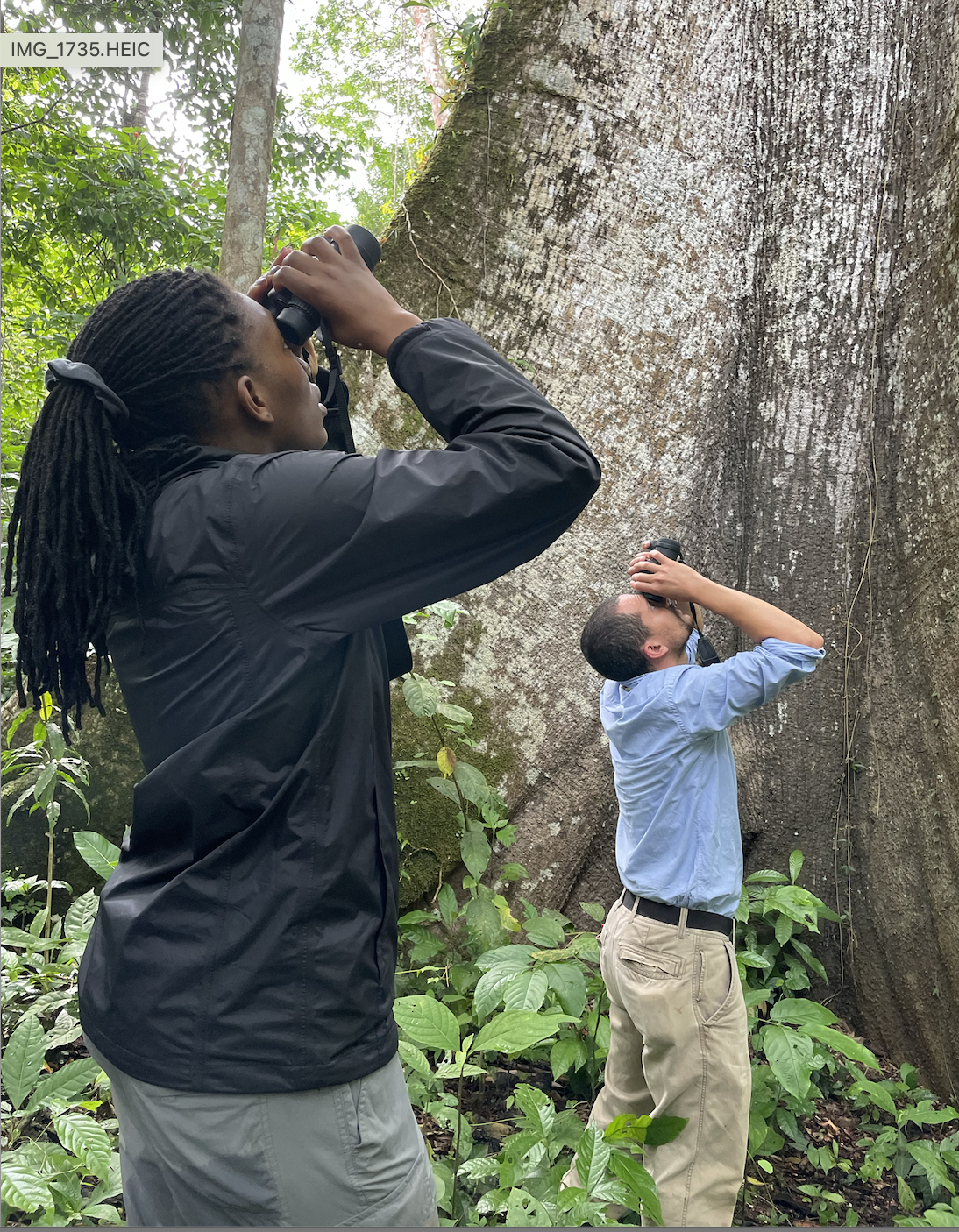
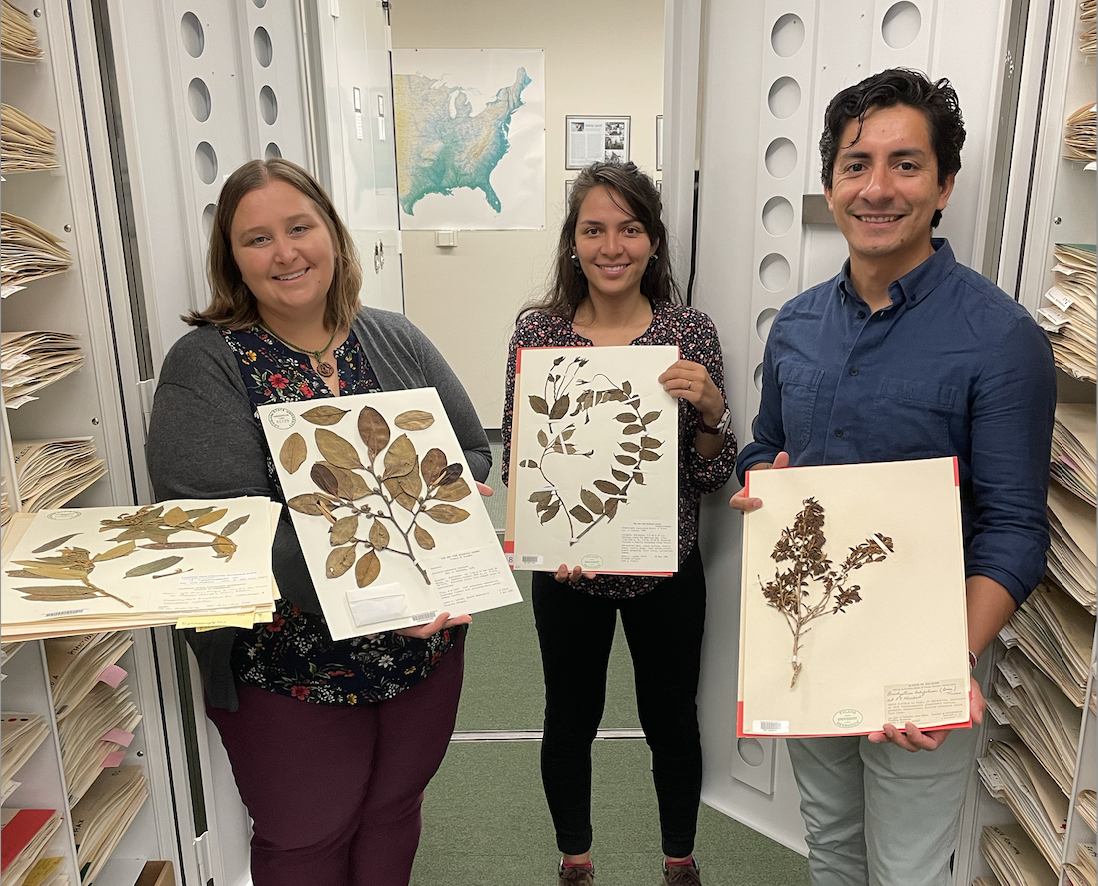
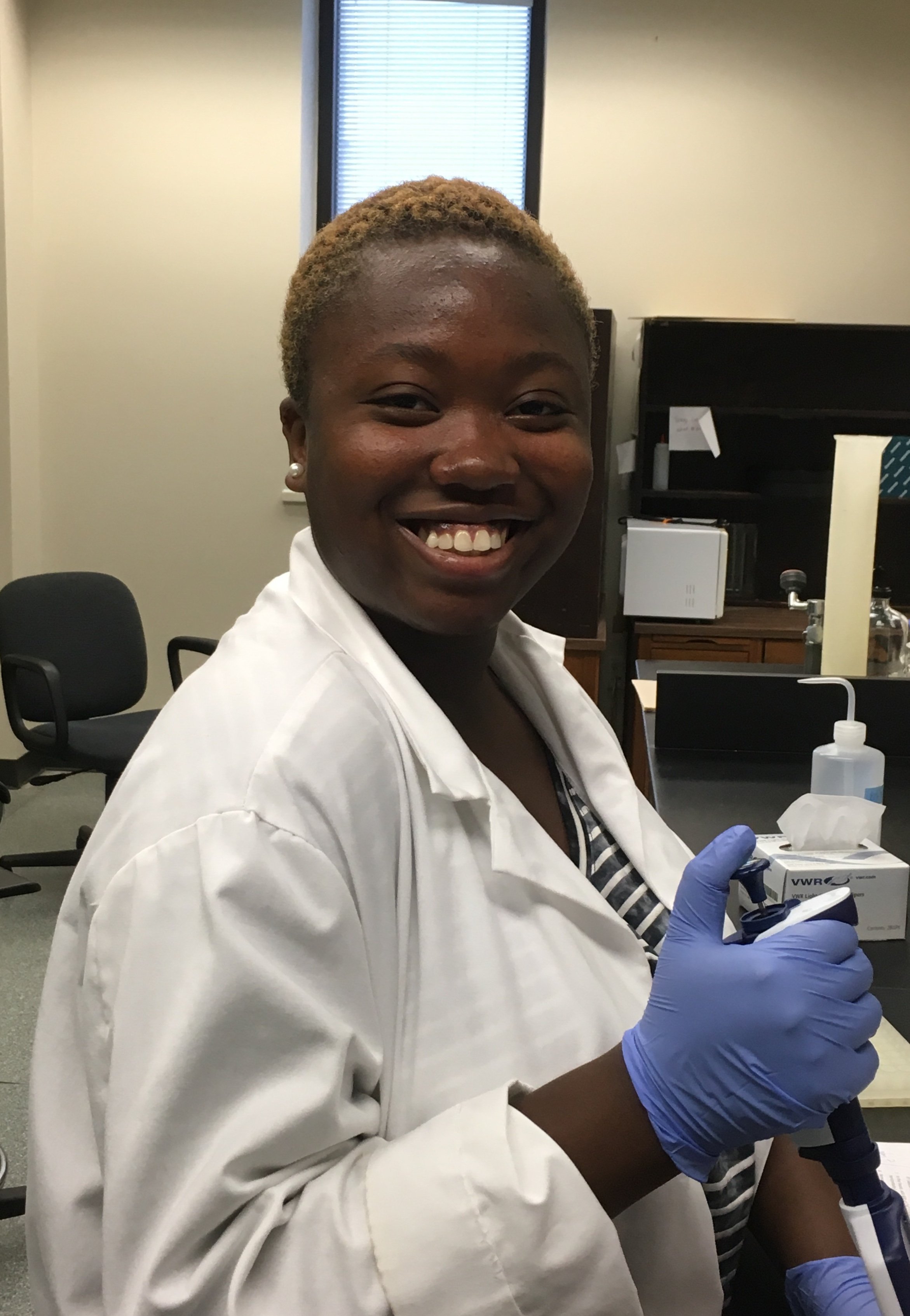
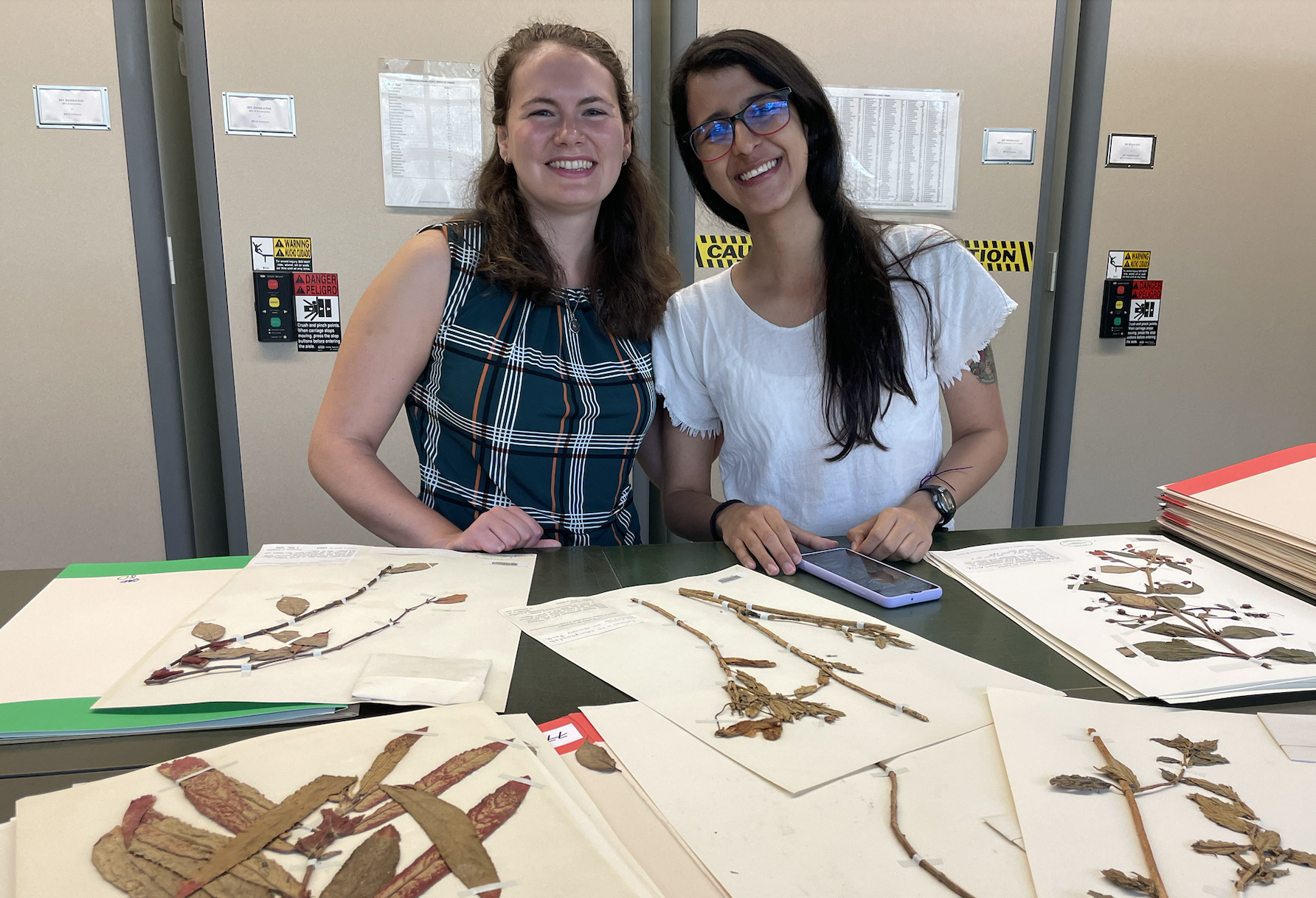
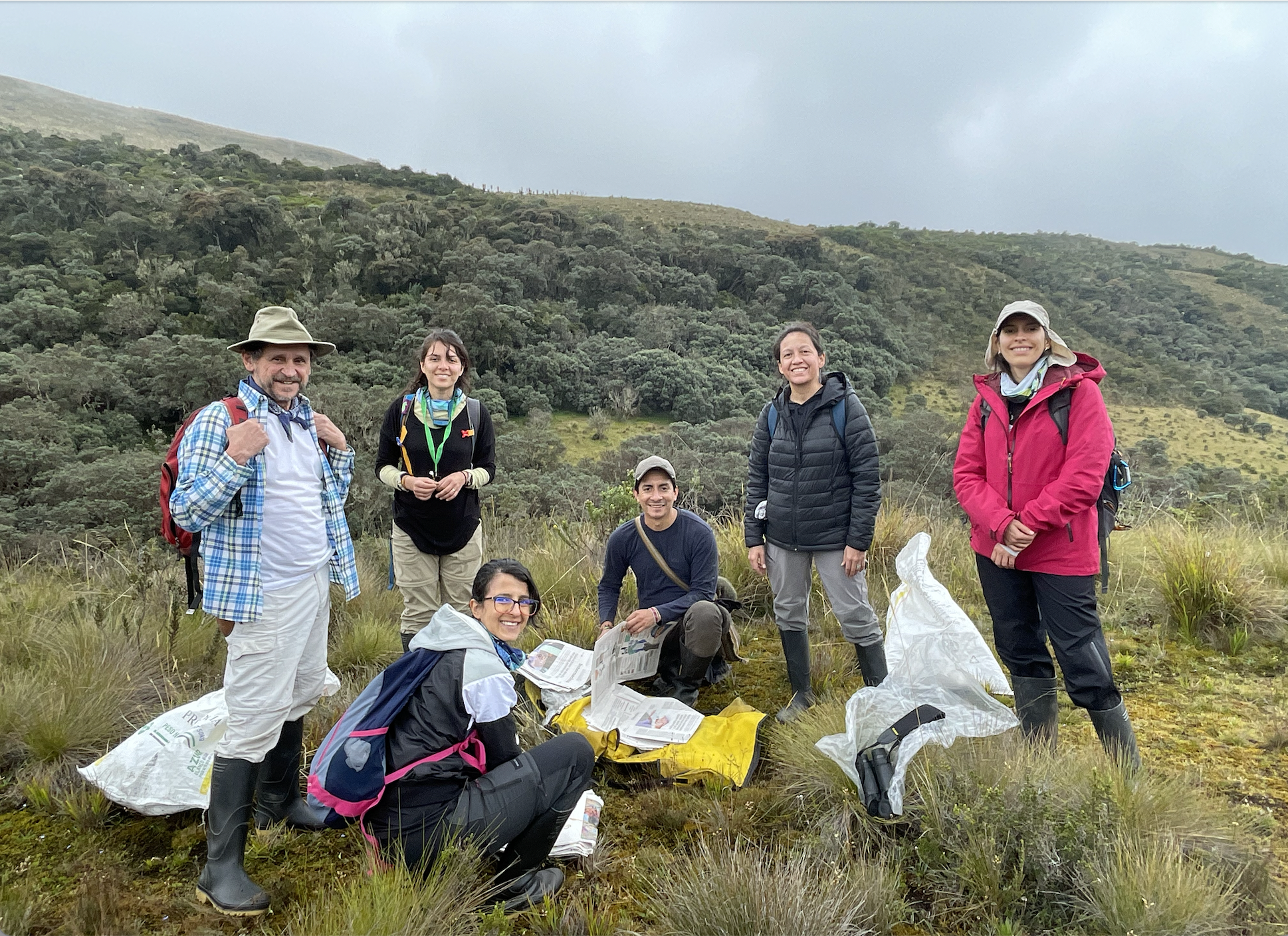
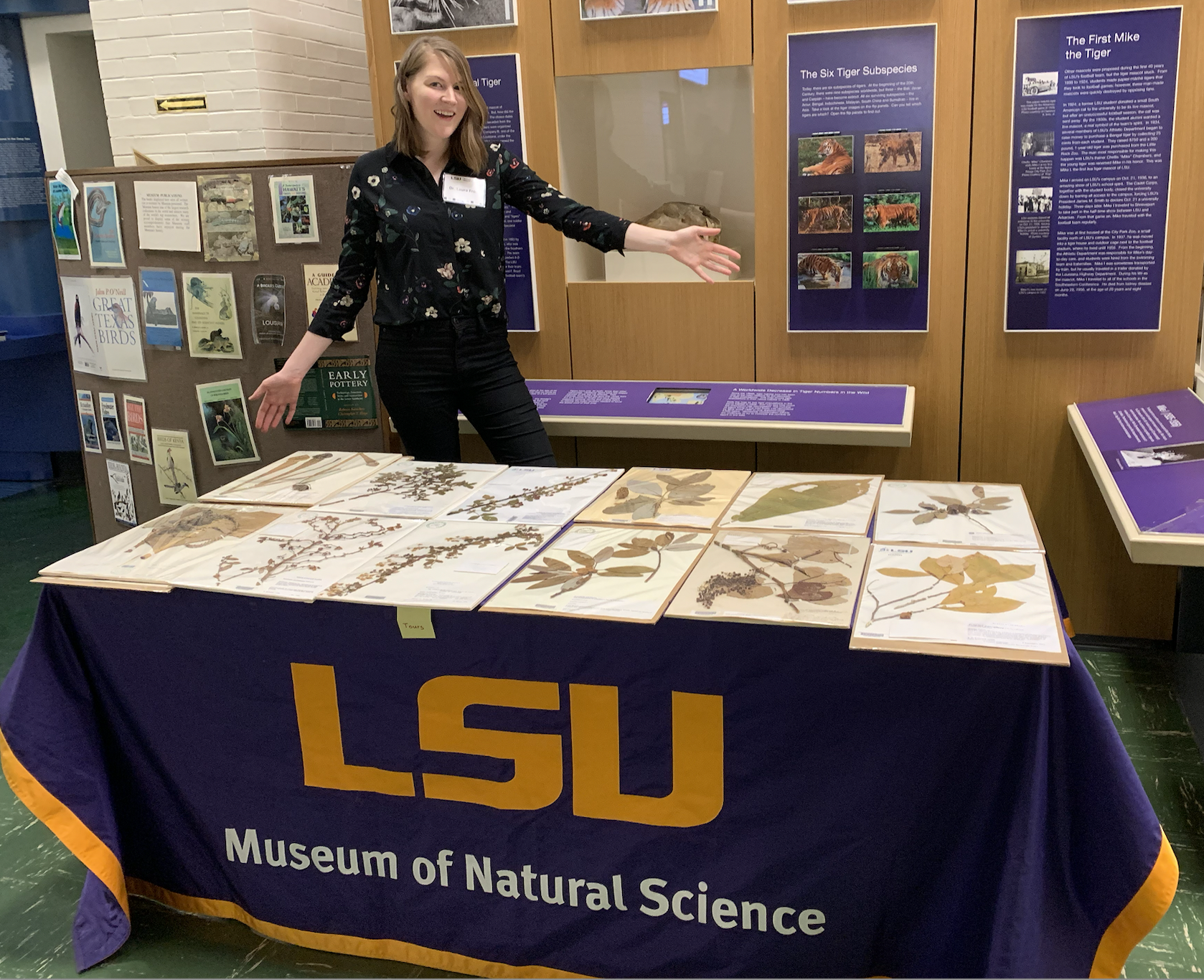
Neotropical Lobelioideae as a model system to understand mechanisms of Andean plant evolution
We been developing the Neotropical bellflowers (Centropogon, Burmeistera, and Siphocampylus; Campanulaceae: Lobelioideae) as a model system to link macroevolutionary patterns to microevolutionary processes. Past research projects have resolved evolutionary relationships, established a key role for Andean uplift in driving diversification, and demonstrated that shifts in pollinators have been important in both driving floral evolution across the clade, as well as in facilitating the coexistence of close relatives— and likely playing a key role in speciation. The lab is currently adopting an integrative, cross-scale approach to continue to understand evolution in this clade. Focusing on Centropogon subgenus Centropogon, we aim to link macroevolutionary patterns of floral evolution and biogeography to the importance of floral traits in minimizing interspecific pollen transfer at early stages in speciation.
Systematics of Understudied Neotropical Plant Lineages
Understanding patterns of Neotropical plant evolution is hampered by the lack of well-resolved phylogenies of plant clades endemic to this region. Luckily, the recent development of targeted sequence capture provides the opportunity to quickly gain unprecedented amounts of phylogenomic data from the degraded DNA of herbarium specimens. The lab is currently generating the first species-level phylogenomic hypotheses for numerous Andean-centered plant groups using almost entirely DNA from herbarium specimens, including Brachyotum (Melastomataceae), Freziera (Pentaphylacaceae), Hillia (Rubiaceae), and Otoba (Myristicaceae). Working on such diverse groups facilitates collaboration with well-respected taxonomists whose deep organismal knowledge, enriching phylogenetic findings. We have active collaborations with including Fabían Michelangeli (NY; Melastomataceae), Carmen Ulloa-Ulloa (MO; Melastomataceae) and Charlotte Taylor (MO; Rubiaceae). Each new phylogeny will shed light into the evolution of an understudied genus and will result in a phylogenetically-informed taxonomic revision.
Drivers of rapid diversification in Andean cloud forests
The tropical Andes, home to ~15% of all flowering plant species, are the world's most species-rich biodiversity hotspot. We use a shared framework of species diversification models that incorporating a variety of abiotic and biotic factors to determine what has driven the rapid diversification rates of the Andean flora across various angiosperm lineages.
Evolution of pollination syndromes
Floral diversity in many Neotropical plant lineages is extremely diverse, with a wide array of colors, shapes, and sizes adapted to attract their different pollinators. We use phylogenetic comparative methods and diversification models to understand the morphological evolution involved in transitions between different pollination syndromes and the underlying implications for diversification rate and species accumulation through time in the centropogonid clade, Hillia, and Brachyotum. A few of our projects also aim to connect differences in pollinators to speciation.



